Best Plant For Security/ Screen Hedge in Full Sun
GirlyGrr
10 years ago
Featured Answer
Sort by:Oldest
Comments (43)
MaryMcP Zone 8b - Phx AZ
10 years agoGirlyGrr
10 years agoRelated Discussions
large screen shrubs for full sun border
Comments (16)Have you thought about Heavenly Bamboo (Nandina domestica)? I planted 3 of these on the front border of my property last fall so they aren't very tall yet, but are supposed to grow fast. Here is the plant info from Lowes (where I bought the plants): Plant Type: Shrub Sun Exposure: Full Sun Growth Rate: Fast Growth Average Height: 6-8' Cold Hardiness: -10 F Graceful upright evergreen. Young leaves coppery to purple red. Mature foliage is leathery, blue green with red tinit after first hard frost. Clusters of tiny white flowers appear May and June. Red berries in winter. Spacing: 3-4' Water Usage: Semi-Moist Pruning: Prune to keep compact Successful growing requires excellent drainage....See MoreNeed hedge / screen - full sun
Comments (8)The thing that worries me about Ceanothus (I have been checking too for a similiar situation and am in South Riv. County)is that I have read they like a more well draining soil. I am thinking a mixed shrub border. It is more interesting and you can create seasonal interest that way also. The Lemonade Berry sounds interesting to me, as well as Toyon, Coffeeberry, and Manzanitas. As width is not a problem, maybe you could mix in some small trees and vary the heights. 'Wonderful' Pomegranate would be a nice tree. The Orange Honeysuckle (sorry the name is slipping my mind and I just bought one!) or Carolina Jessamine, both would probably do well growing on the fence and are a good contrast. If you lean towards Pinks, Burgundys.. Cistus does great. How about Western Redbud or Crape Myrtle? Arbutus Unedo is a small tree that also I think would work in that situation. I am just researching too, so I apologize if some of my suggestions are not quite right.. If others disagree with some of them, I also would be interested....See MoreBest palm for full sun tubs look good year round?
Comments (9)The Bureau capitata is also good in containers, but the spread of the canopy and size even while young will look best in larger sized pots, At least a half oak wine barrel or larger still. Transplanting a palm out of a container that has been growing for years is also a bit of work. Often easiest if you are willing to simply break the pot to liberate it. At a minimum, make sure the pot's opening is not less wide than the pot, or you'll likely not get it out without breaking the pot. Almost all of these palms are a bit thorny to prune/transplant, but for their beauty, can't hold that against them. Arenga engleri is another slow growing clumping palm good for containers with no thorns and interesting silver color on the Lear's reverse, but you need to be careful of the ripening seeds, they are a skin irritant, and the blooming portion of the palm does die after it blooms. Very slow to bulk up in SF East Bay Area conditions without benefit of reflected heat, which actually can be an advantage for a long term container plant....See MoreBest for hedge in full sun zone 6a
Comments (11)IME any of the H. paniculatas would work, or as others have suggested, a mix of them is a really great idea. Here they have thrived in full sun without irrigation, unlike the H. macrophyllas and H. arborescens, which like afternoon shade and periodic water. I would visit nurseries and look at the flowers of various types of H paniculata since the panicle's shape, density, and color varies a lot. I have Quickfire and Pinky Winky and prefer QF: the longer bloom time, the looser and more rounded panicles, and the color, which starts with white flowers around July 7-11, slowly shifts through a pale pinkish, and ends with a glowing cerise that lasts until hard frost. Pinky Winky starts later, has very dense pointed panicles, and still has a lot of white at this time of year. I am not overly fond of Limelight's fall color fade, though the summer is stunning, so having it as part of a mix would be a way to emphasize the positives of each while letting the less attractive aspects fade into the background, letting the ones that are at their best capture attention. My H. paniculatas leaf out with the majority of the other deciduous woody plants in my area, not early or late, so you will have time in the spring when you want to be outdoors but they don't provide as much privacy. My computer is in for repair, so I don't have normal access to photos, but I will look for some and add to a followup....See MoreMaryMcP Zone 8b - Phx AZ
10 years agoFascist_Nation
10 years agoMaryMcP Zone 8b - Phx AZ
10 years agotomatofreak
10 years agotomatofreak
10 years agoMaryMcP Zone 8b - Phx AZ
10 years agowanna_run_faster
10 years agoAZRoboTech
10 years agouser_unknown
10 years agoMaryMcP Zone 8b - Phx AZ
10 years agoGirlyGrr
10 years agoMaryMcP Zone 8b - Phx AZ
10 years agoGirlyGrr
10 years agoMaryMcP Zone 8b - Phx AZ
10 years agoGirlyGrr
10 years agotomatofreak
10 years agoGirlyGrr
10 years agoAZRoboTech
10 years agouser_unknown
10 years agodlg421
10 years agotomatofreak
10 years agotomatofreak
10 years agoGirlyGrr
10 years agodebbie
10 years agoMaryMcP Zone 8b - Phx AZ
10 years agouser_unknown
10 years agouser_unknown
10 years agouser_unknown
10 years agoGirlyGrr
10 years agouser_unknown
10 years agonewtoucan
10 years agoGirlyGrr
10 years agotomatofreak
10 years agoaztreelvr
10 years agoGirlyGrr
10 years agoGirlyGrr
10 years agodrewgarizona
8 years agoHease Polder
8 years agokathleenor
8 years agoGLC
7 years ago
Related Stories
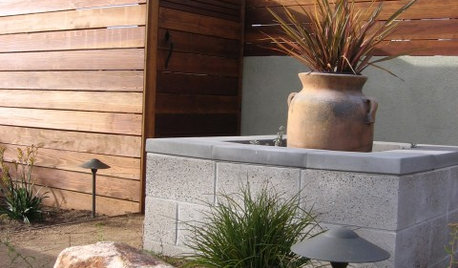
FENCES AND GATESModern Fencing for a More Secure Home
Deter would-be burglars without robbing your home of style, by installing a modern fence like one of these
Full Story
GARDENING GUIDES10 Drought-Tolerant Shrubs That Thrive in Full Sun and Reflected Heat
Got a hot spot in your garden where plants often die? Try these tough shrubs that add beauty while shrugging off the heat
Full Story
GARDENING GUIDESGreat Garden Combo: 3 Wonderful Plants for a Deer-Resistant Screen
Protect your privacy and keep deer at bay with a planting trio that turns a problem garden area into a highlight
Full Story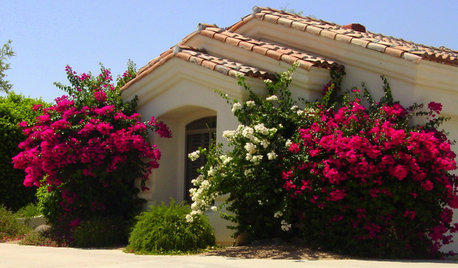
LANDSCAPE DESIGNGreat Design Plant: Sun-Loving Bougainvillea Showers Yards With Color
Bring unbeatable vibrancy to a garden or wall with this unfussy and trainable shrub packed with colorful bracts
Full Story
LANDSCAPE DESIGNThe 7 Best Plant Types for Creating Privacy and How to Use Them
Follow these tips for using different kinds of plants as living privacy screens
Full Story
LANDSCAPE DESIGNHow and What to Plant in Dry, Sunny Spots
Save water and improve your site’s look with these design tips and help from a pro
Full Story
GARDENING GUIDESGrow Your Own Privacy: How to Screen With Plants and Trees
Use living walls to lower your home and garden's exposure while boosting natural beauty in your landscape
Full Story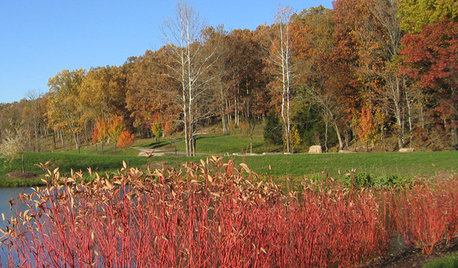
GARDENING GUIDESThese Hedges Can Add Interest to Your Winter Garden
Evergreen trees and shrubs provide structure and color in the winter months — and can attract wildlife too
Full Story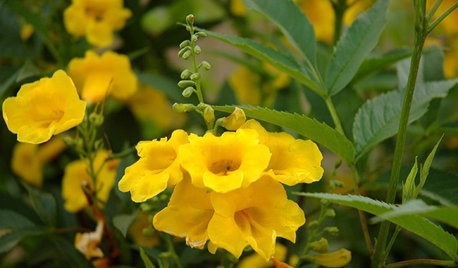
GARDENING GUIDESGreat Design Plant: Yellow Bells, a Screening Queen
With its large size and copious golden flowers, this shrub can cover walls or screen unsightly views with ease
Full Story
FLOWERS AND PLANTSPlant Ilex Cassine for a Privacy Screen That Feeds the Birds
Dahoon and its hybrids provide lovely evergreen foliage in southeastern U.S. gardens
Full StoryMore Discussions




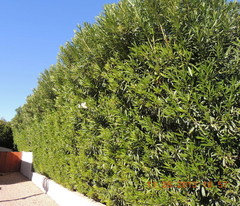

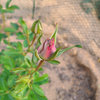
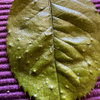
kriklaf